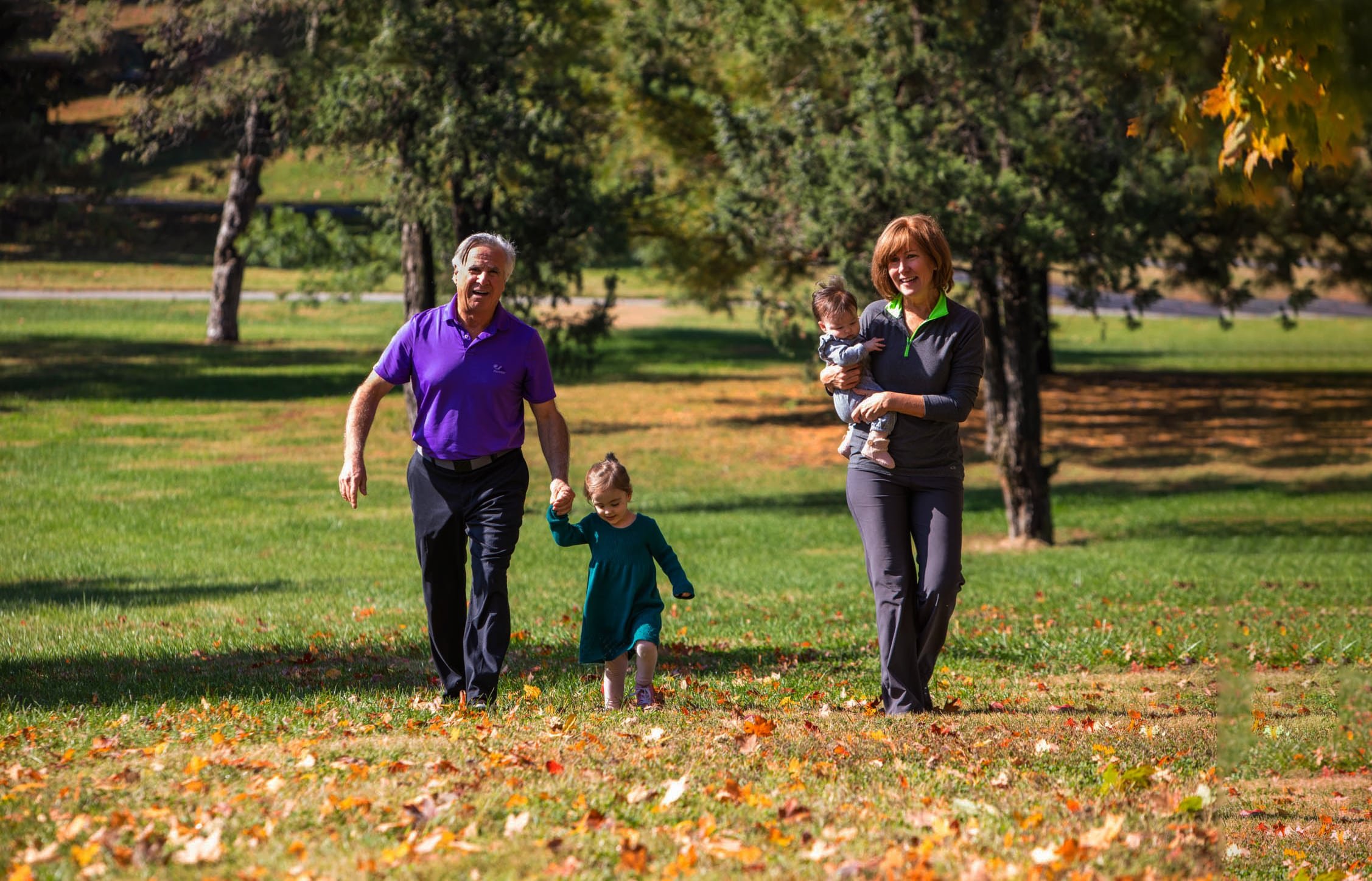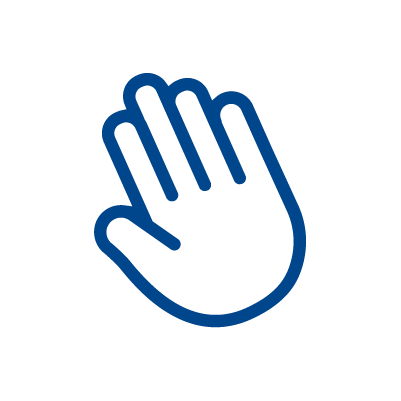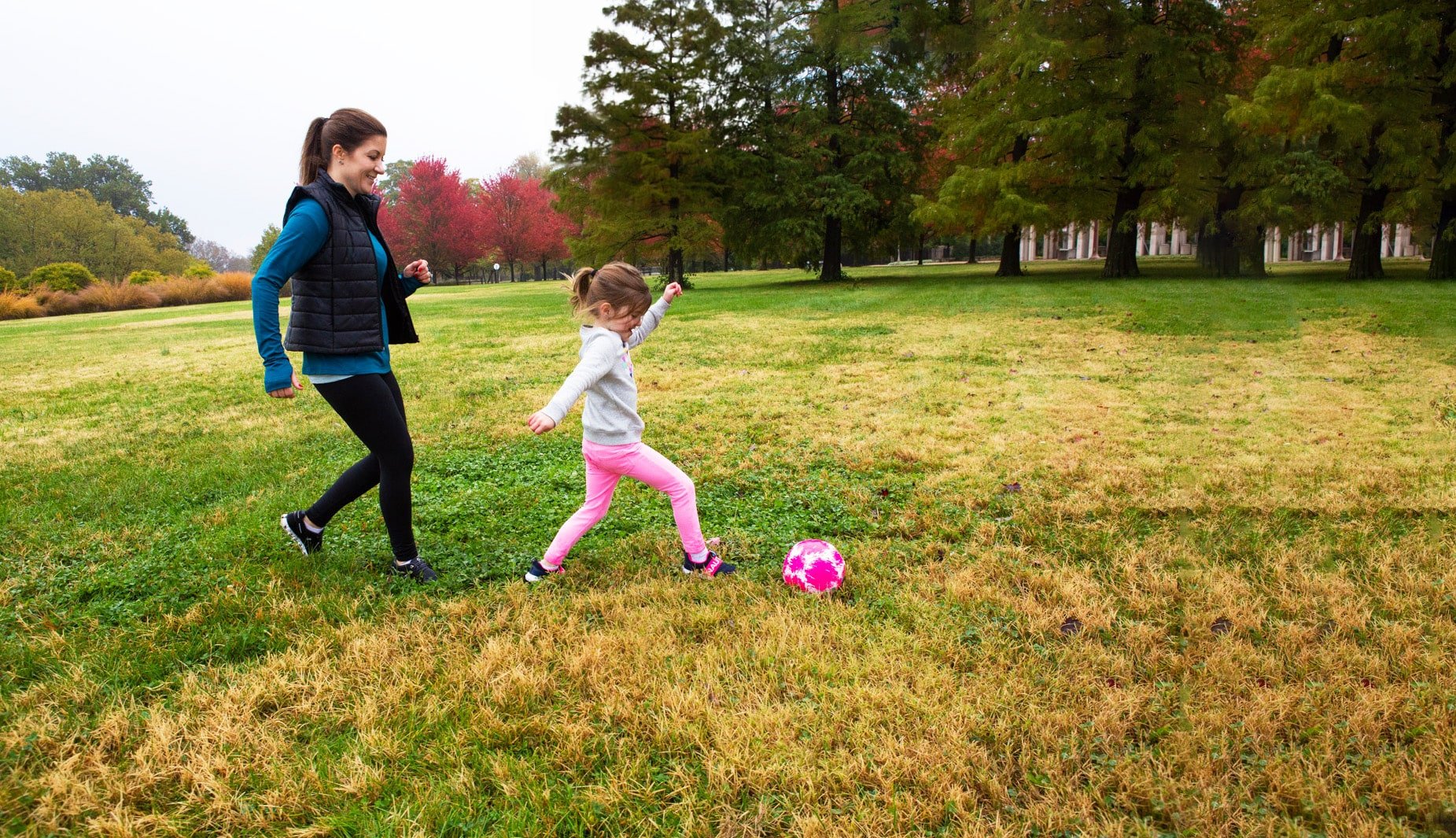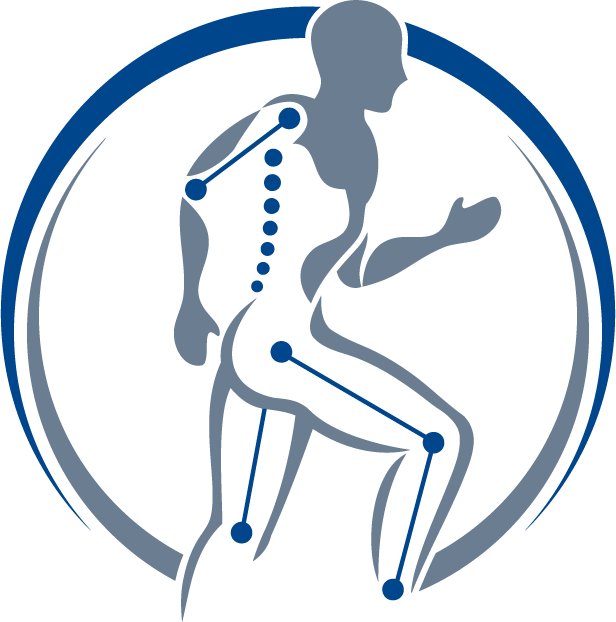
Physical Therapy at Precision
Redefining physical therapy for active adults
At Precision Physical Therapy, we believe most pain problems result from repetitive movements or sustained postures contributing to tissue stress. Over time, that tissue stress results in pain that limits our ability to do the activities we love.
-

Motor Control Training
Learning to move in an improved pattern through neuromuscular re-education, slow motion video analysis and feedback, or taping techniques
-

Manual Therapy
When the tissue stiffness must be addressed to allow for improved movement with strategies such as joint mobilization, cupping or IASTM
-

Strengthening
When the improved movement is not able to occur because the requisite muscle strength is not present to generate correct movement
-

Functional Training
Retraining sustained posture and movement habits across all high daily life tasks to ensure full integration of movement changes and sustained improvements over time
Understanding the Pain Cycle
When people move “in the wild” they tend to use similar movement habits across all of the activities of their day, including daily tasks and fitness or sport. By continuing to use these same movement strategies over and over (and over…) it is difficult for the tissue inflammation to resolve itself.
Many of our patients have tried exercises and stretches without addressing the underlying movement habit that is contributing to why the pain persists. This creates a temporary improvement, but not a lasting one.
It Starts With Movement
This is why the foundation of our physical therapy strategy starts with looking at movement. We observe your movement patterns using a system of assessment called Movement System Impairments. During this assessment we identify the pattern of movement that is the root cause of your pain. Once a movement diagnosis is established, we take a deeper dive into your body’s unique structure to get a full picture of the contributing factors: joint range of motion and anatomy, muscle stiffness, weakness, and coordination and a thorough medical history.
With a complete picture, we develop a treatment plan that is unique to you and your goals. We may use tools such as movement retraining, therapeutic exercises, instrumented assisted soft tissue mobilization (IASTM), cupping, or slow motion video analysis.



